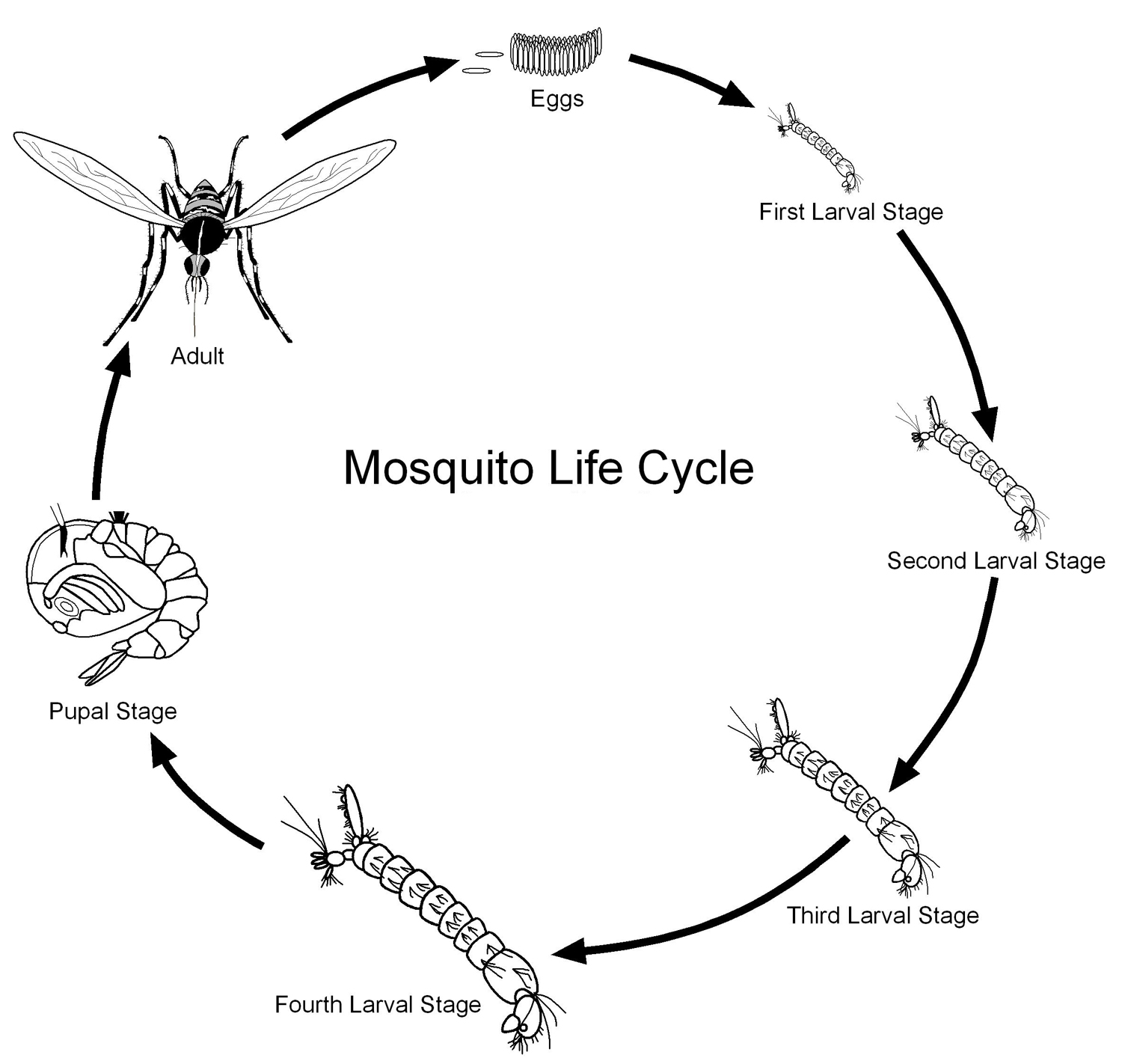Lysosomes: Types and Functions
They were first of all observed by Christian de Duve in 1955. The lysosomes are tiny vesicles which are bounded by single membrane and are made from proteins and lipids. They are found in different organisms like in most of the animal cells and only in a few plant cells like yeast, fungi and in … Read more










